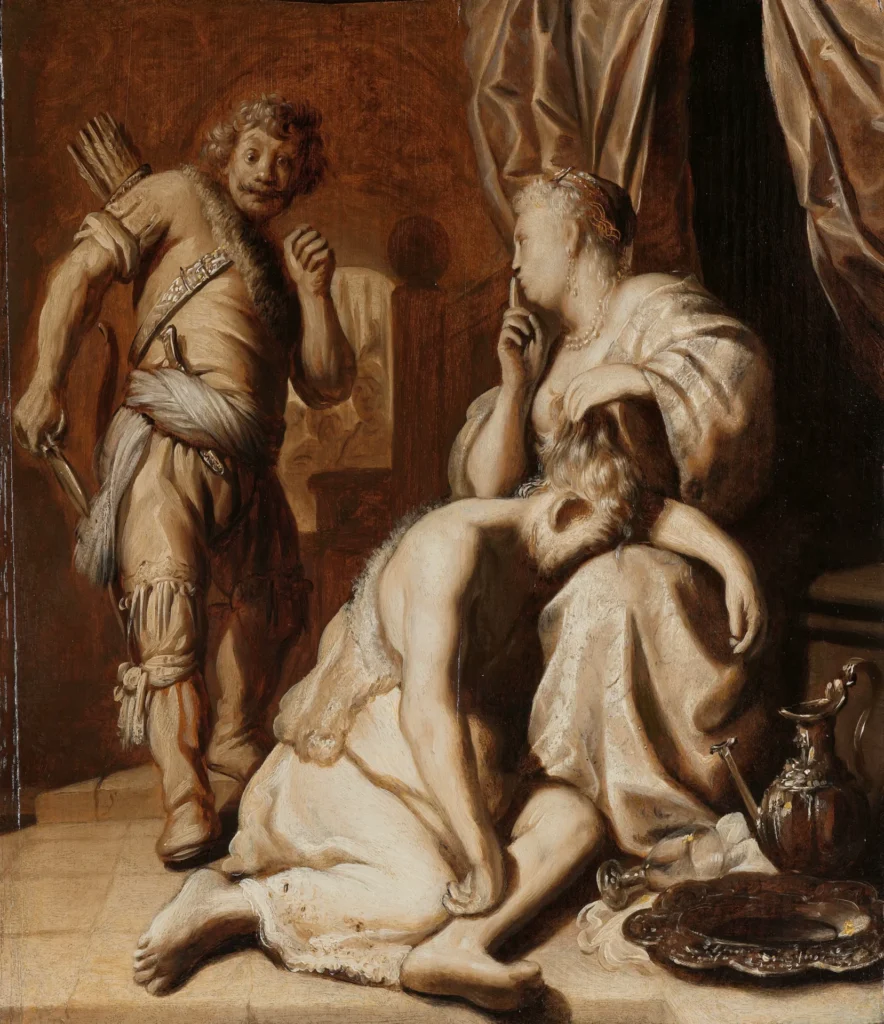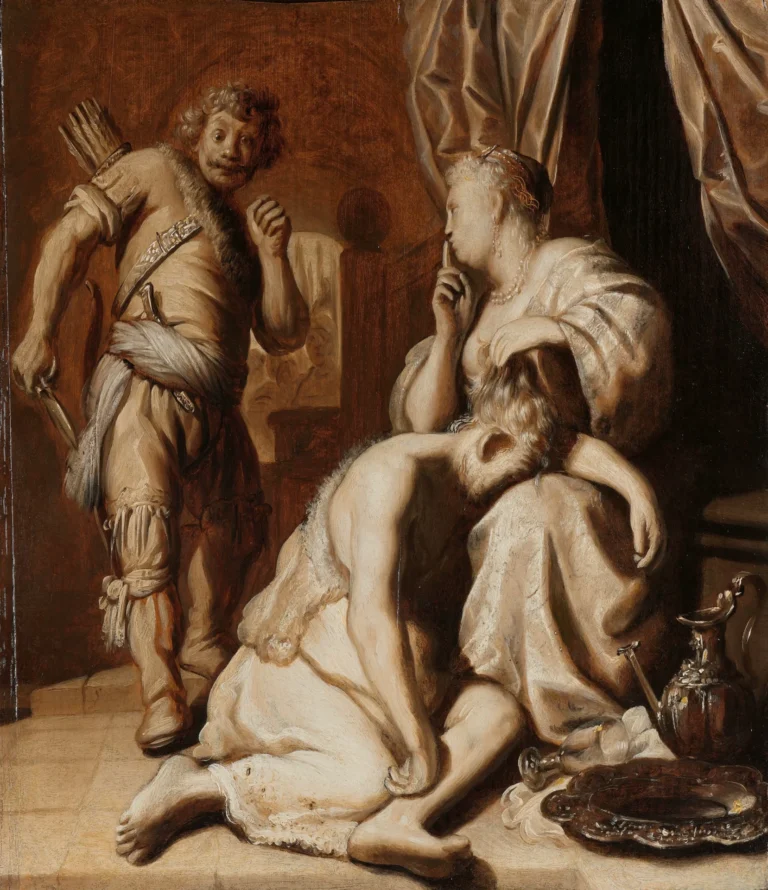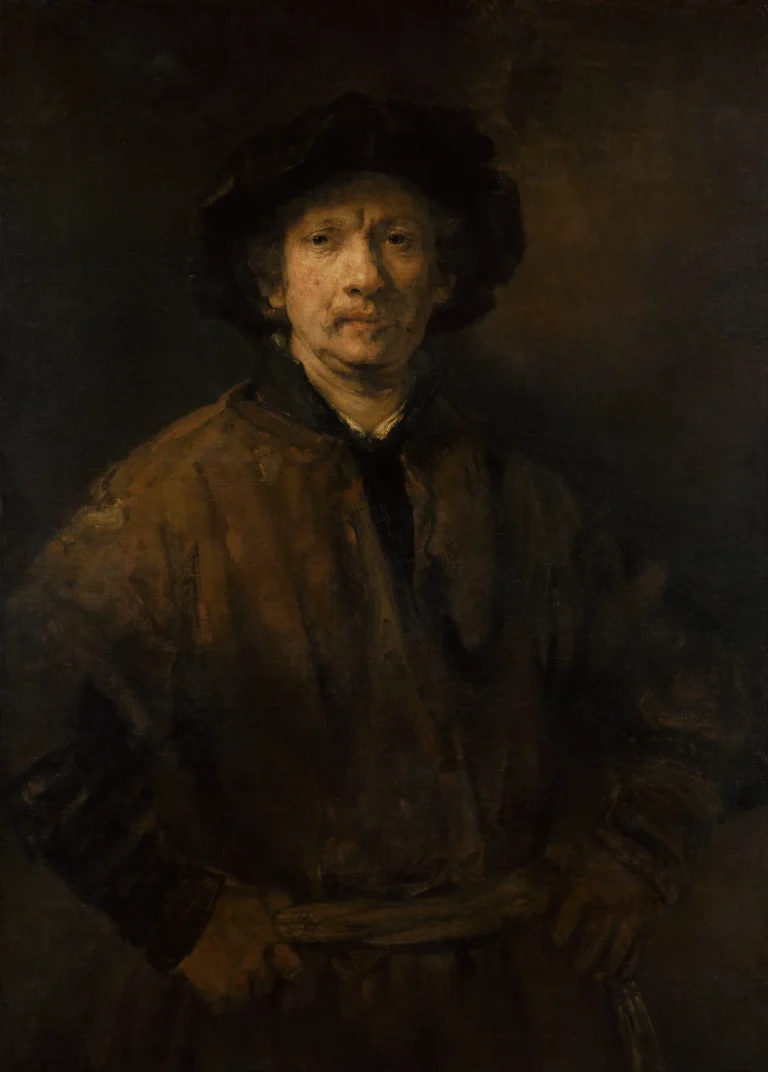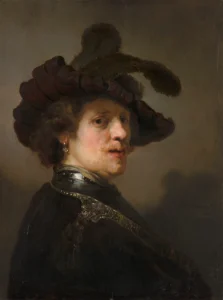Samson and Delilah
Rembrandt van Rijn's engaging series of artworks on Samson and Delilah encapsulates key moments from this biblical tale, showcasing masterful use of light, shadow, and emotional depth. Each interpretation, from seductive betrayal to the tragic fate of Samson, reveals the nuances of their relationship and the dramatic tension associated with the narrative. Through these creations, Rembrandt draws viewers into a world where strength and vulnerability collide, demonstrating his unparalleled ability to convey profound human experiences.
1626 - 1636
About the Artwork
Did You Know
Liked what you see? Add it to your collection.
Enjoyed reading? Share it.
... continued
Samson and Delilah (1626-1627)
This painting, attributed to Rembrandt, depicts the moment when Delilah seduces Samson into revealing the secret of his strength, which lies in his uncut hair. The scene shows Delilah gesturing to a Philistine to cut Samson's hair while he sleeps in her lap.
Samson and Delilah (1628-1629)
In this version, painted around 1628-1629, Rembrandt and his contemporary Jan Lievens each created their own interpretation of the scene. Rembrandt's painting shows Samson asleep in Delilah's lap, with a Philistine approaching from behind to cut his hair. Delilah is portrayed anxiously awaiting the Philistine's action, while another Philistine peeks from behind a curtain. This work emphasizes Samson's vulnerability and the suspense of the moment.
Samson and Delilah (1630)
This oil on panel painting, dated 1630 and housed in the Gemäldegalerie der Staatlichen Museen in Berlin, also depicts Samson asleep in Delilah's lap. A Philistine holds a pair of scissors, looking scared but ready to cut Samson's hair, which will strip him of his strength. This work is linked to Judges 16:19 in the Bible.
The Blinding of Samson (1636)
While not exclusively titled Samson and Delilah. this painting by Rembrandt shows the subsequent event where Samson, after being betrayed by Delilah and having his hair cut, is blinded by the Philistines. The painting captures the violent and gruesome moment when Samson is overwhelmed, his eyes being put out, and his body contorted in pain.










